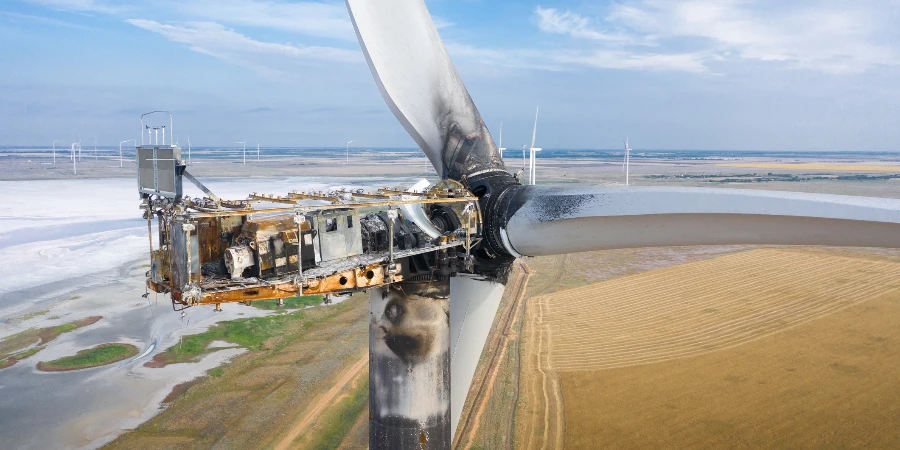Driven by the need to combat climate change, the switch to green energy is now one of the major steps that our world needs to take. Among all the available green energy alternatives, wind energy surely stands out for its sustainability and efficiency. However, green does not always equal safe, and the use of wind turbines requires us to address the issue of their fires. Wind turbine fires represent an undeniable risk, both in terms of operators’ equipment and of the adverse environmental impact. This article explores the intricate problem of wind turbine fires, from their causes to the development of effective prevention strategies all the way up to the most innovative technological advances designed to minimise these risks.
Table of Contents:
– What causes wind turbine fires?
– The impact of wind turbine fires
– Prevention and safety measures
– Technological innovations in fire suppression
– The future of wind turbine safety
What causes wind turbine fires?
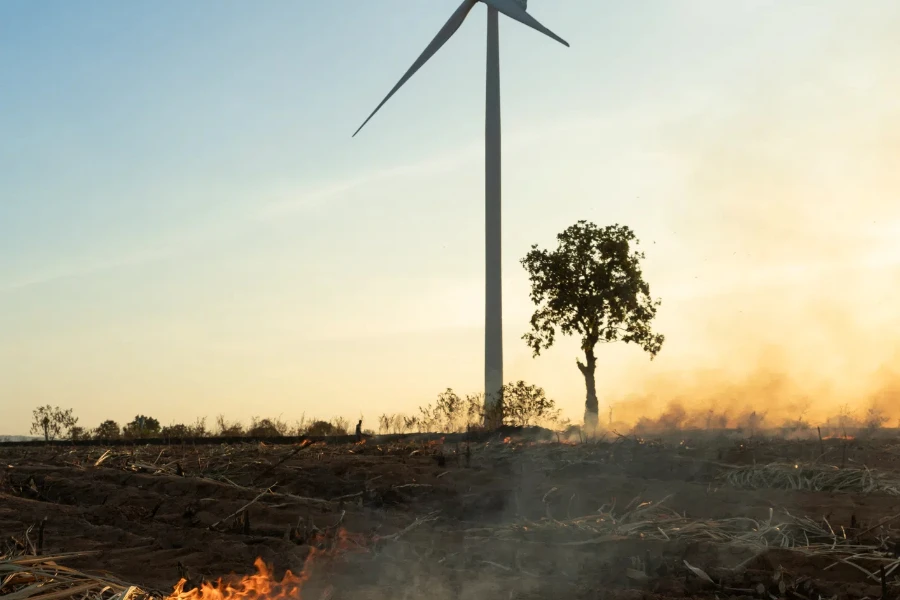
There are multiple places where a wind turbine fire might begin, in keeping with the distributed nature of the technology and its often challenging operating contexts. Electrical causes are important: the blades themselves, as well as the entire equipment set, are a wired labyrinth. The combination of electrical current, transformers, distribution and transmission cables and other electrically-dependent components involved in converting the turbine’s energy make electrical malfunction a leading suspect. Mechanical causes are also possible, such as a gearbox overheating or friction from the rotor blades. Finally, lightning can strike. In fact, this is one of the largest risks for wind turbines placed in transmission corridors: generally in high-altitude or open-field sites, where lightning strikes are frequent.
The impact of wind turbine fires
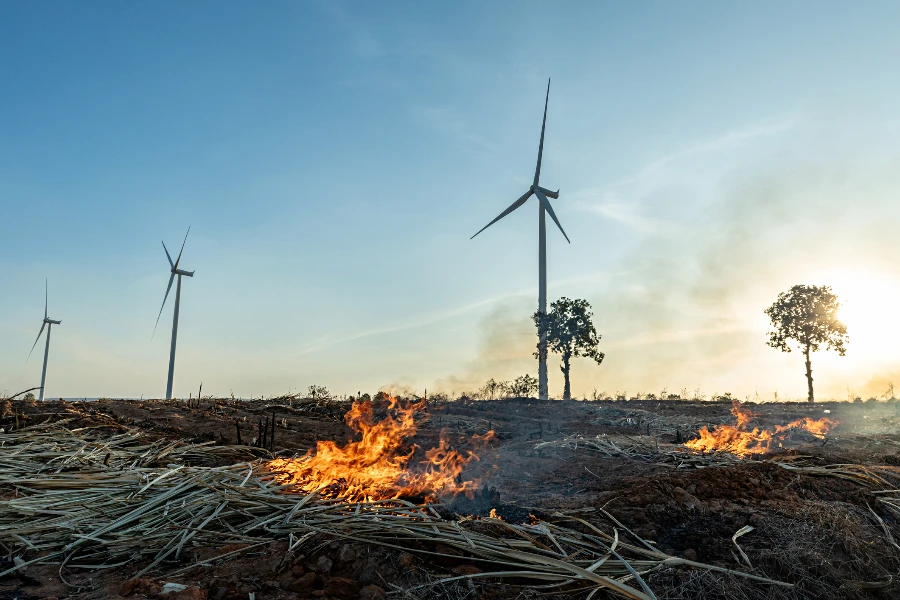
A wind turbine fire does not just result in the loss of a turbine; wildlife and vegetation close to the burning turbine are threatened and can die, and a local fire can have wider ecological effects. The cost to energy companies of replacing or repairing the damaged turbine is only the beginning: they can lose revenue while the turbine is down and the incident can hurt wind energy’s public image as a safe and green renewable energy source.
Prevention and safety measures

To prevent fires in wind turbines, we need to take three sorts of measures. First, it is important to conduct regular and thorough maintenance and inspection of the wind turbines, to pick up any electrical or mechanical fault that could potentially cause a fire. Second, if the wind turbines are fitted with lightning protection systems, the risk of fire lightning can be substantially reduced. Third, the industry is gradually moving towards the use of non-flammable materials in turbine construction, as well as the use of fire detection systems that can alert when conditions potentially leading to fire are detected.
Technological innovations in fire suppression
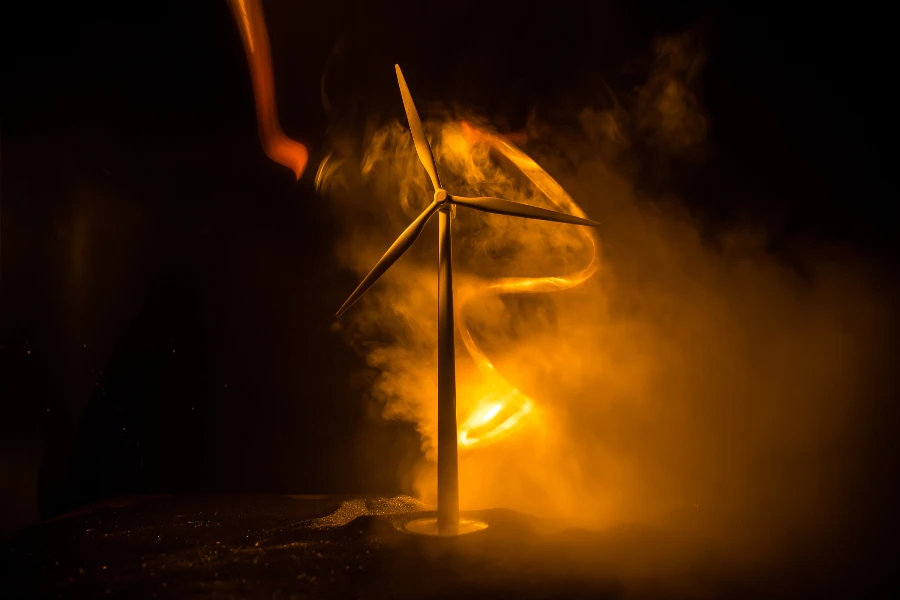
Wind turbine fire suppression has made considerable strides in terms of technology. There are newly invented automatic fire detection and suppression systems; if a system detects fire, it will rapidly extinguish this fire without any human involvement. These automatic fire detection systems are designed to be responsive to the specific environment of a wind turbine, as they’ll detect heat, smoke or other signs of a fire to respond. Some research is being conducted to develop a better material and structure design to minimise the chance of fire occurring in the first place.
The future of wind turbine safety
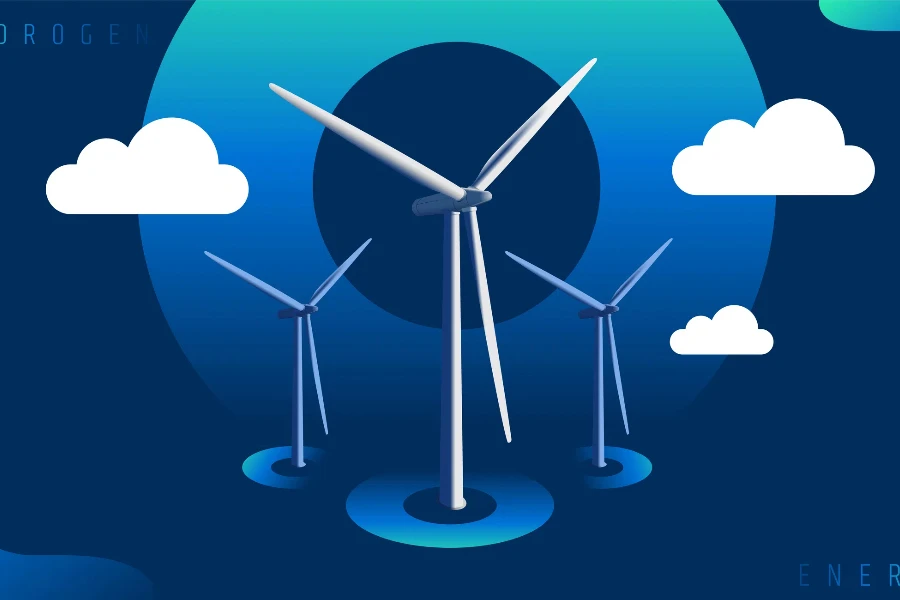
Moving forward, the push for an improvement of wind turbine safety will continue. In addition to the development of better fire suppression technologies, fire-resistant and less-fire-prone turbine designs are projected. The use of predictive maintenance technologies, where data analytics predict failures or malfunctions before they take place, will be a pathway to reducing the risk of wind turbine fires. As wind energy grows, so will our commitment to making it safe and sustainable so that wind turbines can be part of our renewable energy future.
Conclusion
Fires in wind turbines are a notorious thorn for the renewable energy industry. But what causes them? What are the consequences? And how can they be prevented? There are emerging solutions to these issues and the industry is innovating rapidly to douse the flames of risk and blaze a safer path for wind power.
